Optimal Seasons for Foundation Repairs
Foundation repairs are most effectively performed during specific seasons when environmental conditions support proper work conditions. Understanding the optimal timing can help ensure the longevity and stability of repair solutions.
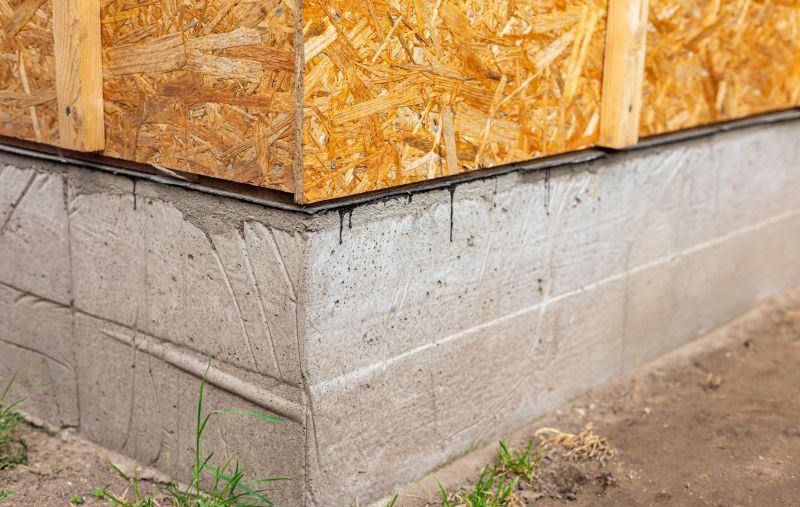
Spring offers moderate temperatures and soil moisture levels, ideal for foundation work.
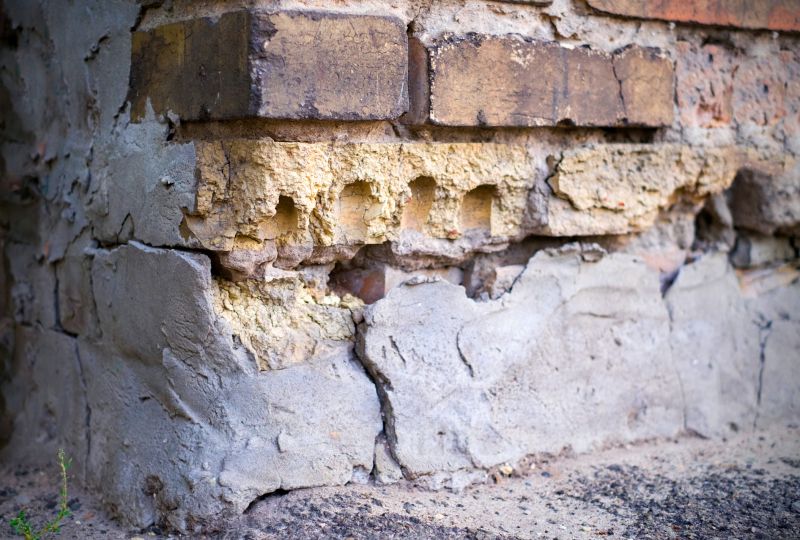
Summer provides longer daylight hours but can pose challenges due to heat and dry soil conditions.
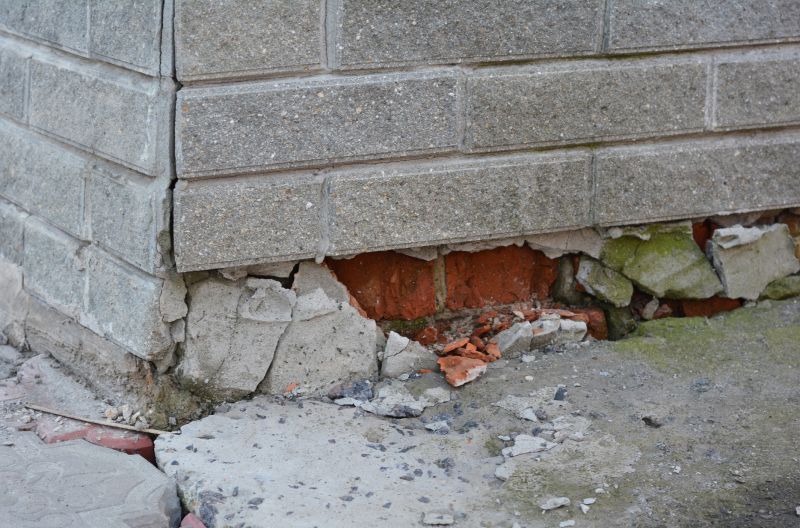
Fall typically features cooler weather and stable soil moisture, making it suitable for repairs.
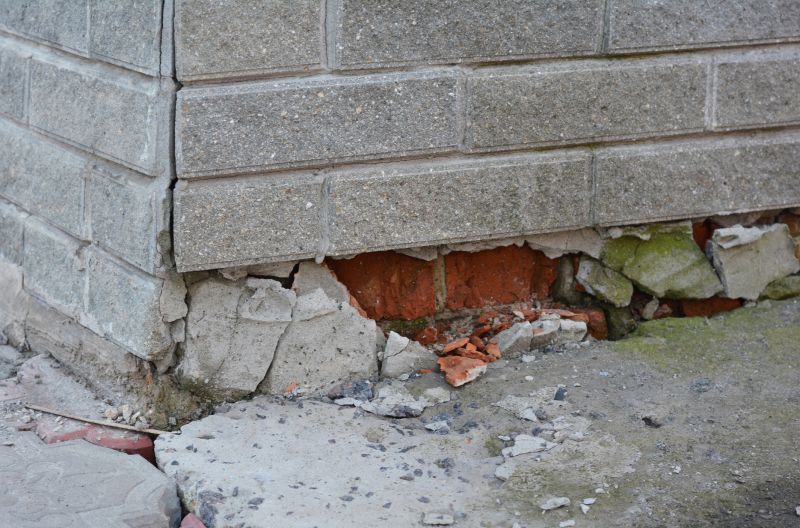
Winter is generally less favorable due to freezing temperatures and frozen ground, which can hinder repair work.
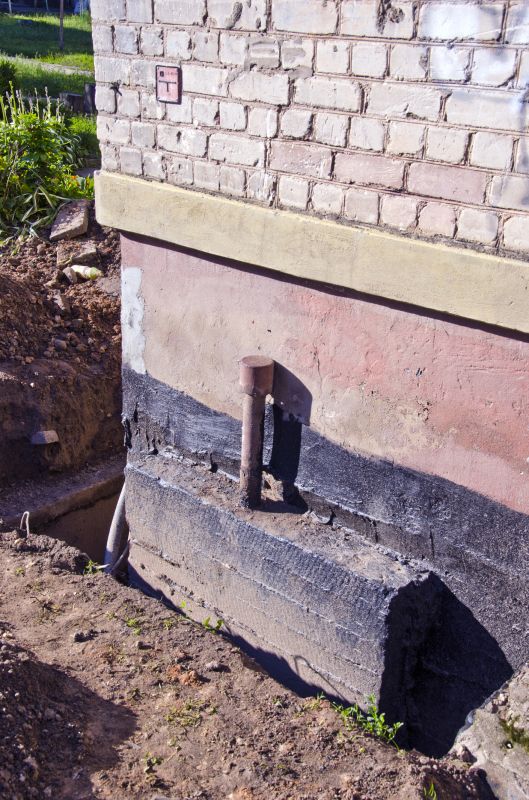
Soil stability varies seasonally, influencing the timing of foundation repairs for optimal results.
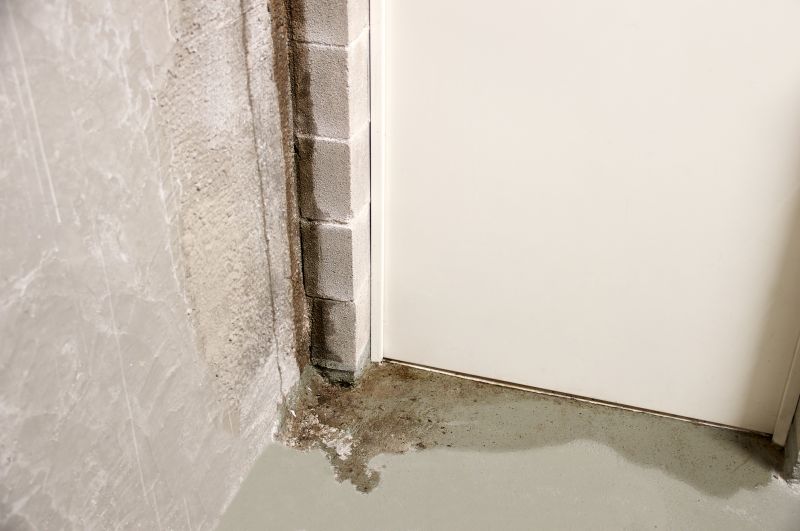
Weather conditions such as rain or drought can affect the schedule and success of foundation repairs.
Foundation repairs involve stabilizing and reinforcing the structural base of a building to prevent issues such as cracking, settling, or shifting. Proper timing ensures that repairs are effective and durable. Seasonal considerations include soil moisture levels, temperature fluctuations, and weather patterns, all of which impact the repair process. For example, performing repairs during periods of stable soil moisture minimizes the risk of future movement. In regions like Connersville, Indiana, spring and fall are generally preferred due to moderate temperatures and soil conditions, while winter and summer pose additional challenges.
Soil expands when wet and contracts when dry, affecting foundation stability.
Cracks in walls, uneven floors, and sticking doors may indicate the need for repairs.
Common methods include underpinning, slabjacking, and pier installation.
Addressing issues early prevents further structural damage and costly fixes.
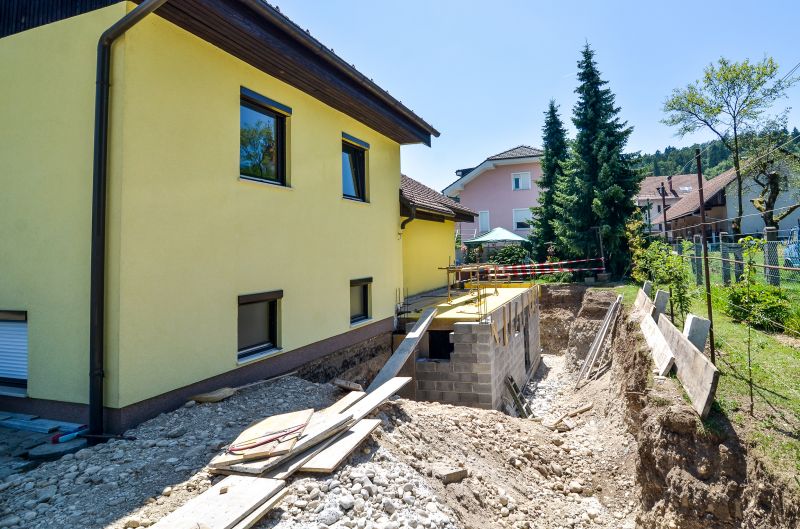
Spring's moderate weather supports effective foundation stabilization.

Fall offers stable soil moisture, ideal for foundation work.
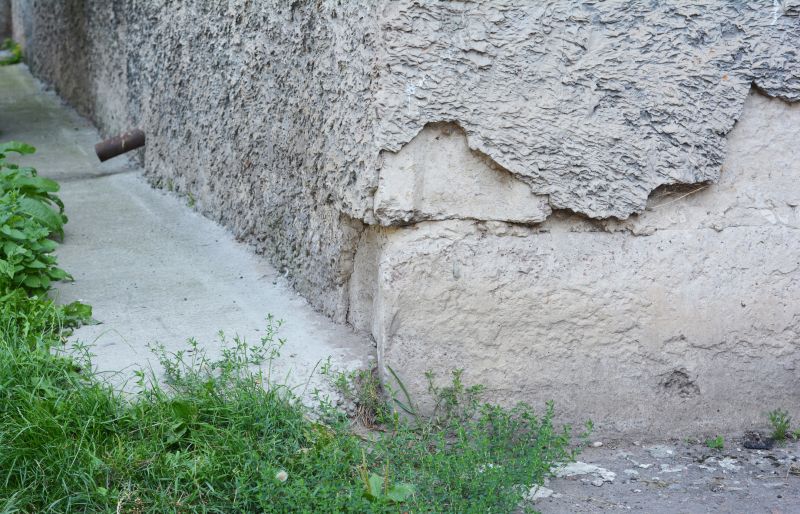
Summer requires precautions against heat and dry soil conditions.
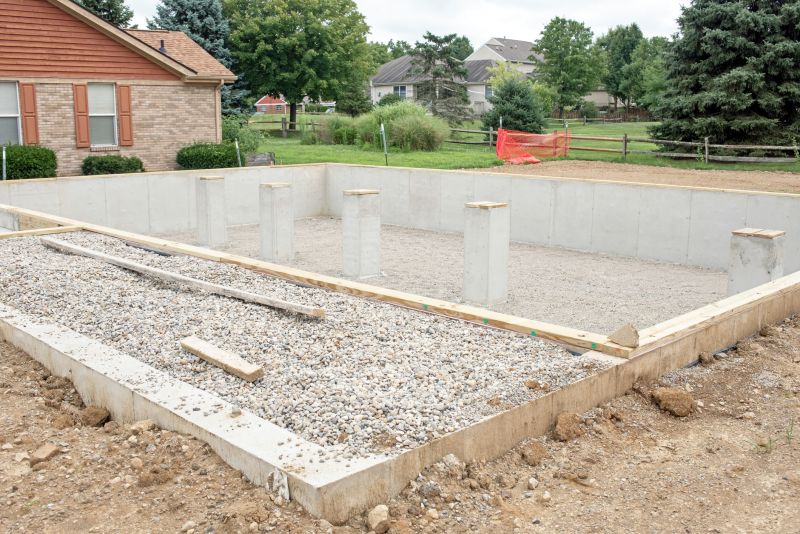
Winter is less suitable due to freezing temperatures and soil conditions.
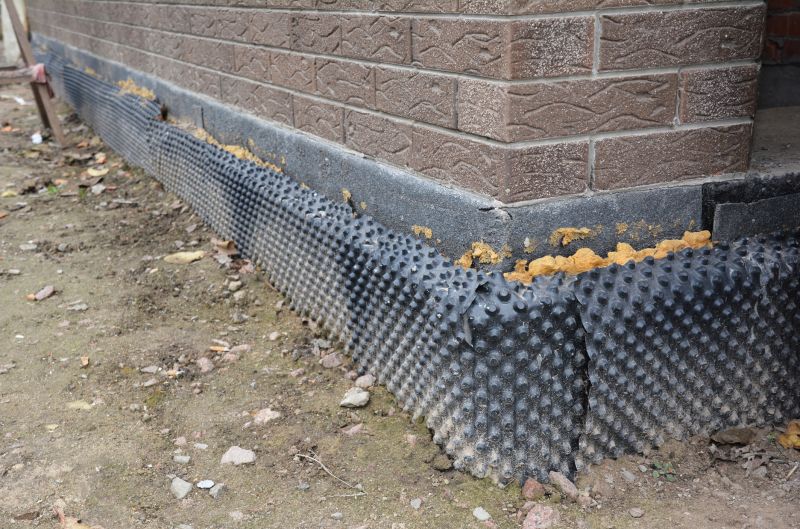
Maintaining proper soil moisture is crucial for foundation repair success.
Timing foundation repairs to coincide with favorable seasonal conditions can significantly improve outcomes. In Connersville, IN, the most suitable periods are during spring and fall, when soil conditions are most stable and weather is moderate. Performing repairs during these times reduces the risk of future movement and ensures the longevity of the structural solutions. It is important to monitor local weather patterns and soil moisture levels to determine the optimal window for each project.

Proper site assessment and planning are essential before repairs.
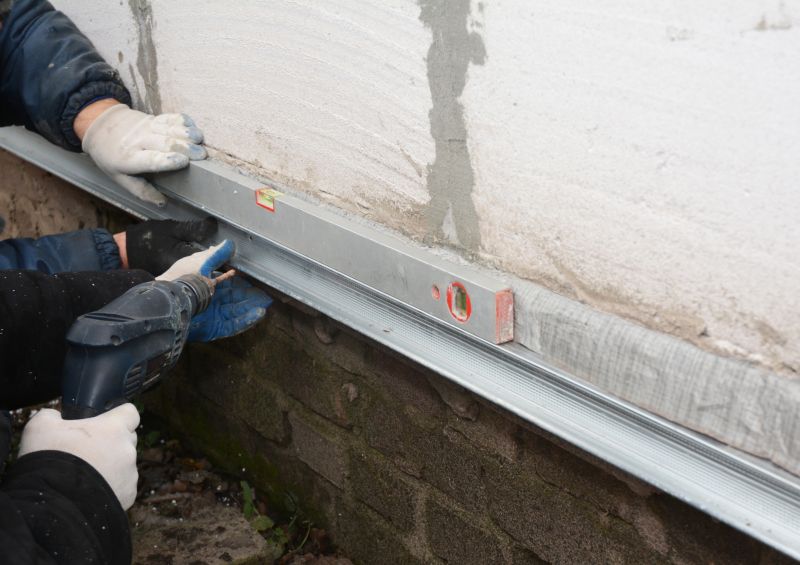
Aligning repair schedules with seasonal conditions enhances success.
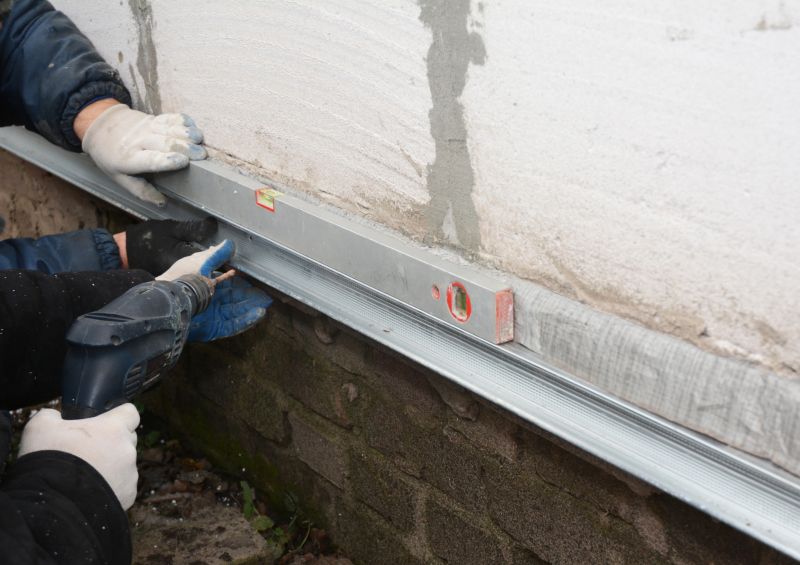
Various methods adapt to seasonal soil and weather conditions.
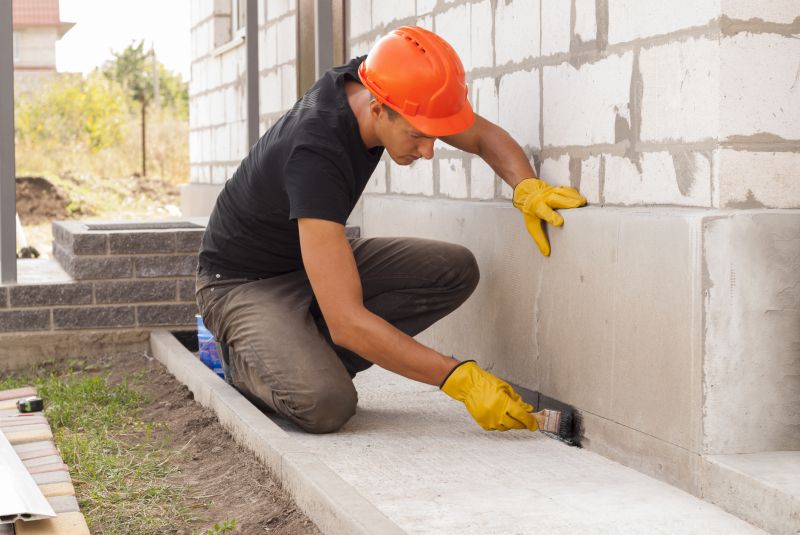
Ongoing assessment ensures long-term stability of repairs.
Choosing the right time for foundation repairs is crucial for ensuring structural integrity and preventing future issues. Spring and fall are typically the most favorable seasons due to moderate temperatures and soil conditions. Proper planning and timing can help avoid delays caused by adverse weather, such as heavy rain or freezing temperatures, which can compromise repair effectiveness.
| Season | Ideal Conditions |
|---|---|
| Spring | Moderate temperatures, moist soil, longer daylight hours |
| Summer | Long days but potential for drought and heat stress |
| Fall | Cooler weather, stable soil moisture, moderate temperatures |
| Winter | Freezing temperatures, frozen ground, limited repair options |
Understanding regional climate patterns and soil behavior is essential for scheduling foundation repairs effectively. In Connersville, Indiana, spring and fall offer the best conditions for repair work, with manageable weather and soil stability. Planning repairs during these periods can lead to more durable results and reduce the risk of future foundation movement caused by seasonal soil shifts.
If there is interest in scheduling foundation repairs, filling out the contact form provides an opportunity to discuss suitable timing and repair options tailored to specific site conditions. Proper timing combined with professional assessment ensures the best possible outcome for foundation stability and longevity.

